How do I repot my Venus flytrap?
Repotting a Venus flytrap (Dionaea muscipula) is a necessary step as the plant grows and its pot becomes crowded or the growing medium starts to break down. Here’s how to repot a Venus flytrap:
Materials You’ll Need:
- New pot: Choose a pot that is slightly larger than the current one, with drainage holes.
- Fresh growing medium: A mix of sphagnum moss and perlite or long-fibered sphagnum moss.
- Venus flytrap plant to be repotted.
- Distilled or rainwater (not tap water).
Steps:
- Choose the Right Time:
- The best time to repot a Venus flytrap is during its active growing season, typically in spring or early summer.
- Prepare the New Pot:
- Select a new pot with drainage holes to ensure excess water can escape. The pot should be slightly larger than the current one to allow for some growth.
- Fill the new pot with the fresh growing medium. The medium should be pre-moistened with distilled or rainwater but not soaking wet. You want it to be damp, not waterlogged.
- Remove the Plant:
- Gently remove the Venus flytrap from its current pot. You can do this by carefully loosening the roots from the sides of the pot. Be gentle to avoid damaging the roots.
- Inspect and Trim Roots (Optional):
- Examine the roots for any signs of rot or damage. If you find any, trim away the affected parts with clean, sharp scissors or pruning shears.
- Trim any dead or blackened leaves as well.
- Plant in the New Pot:
- Place the Venus flytrap in the center of the new pot on top of the fresh growing medium.
- Make sure the plant sits at the same depth it was in the old pot; the rhizome (the thick underground stem) should be just below the soil surface.
- Fill in with Growing Medium:
- Fill in the gaps around the plant with the fresh growing medium. Gently press the medium down to eliminate air pockets.
- Water the Plant:
- Water the plant thoroughly with distilled or rainwater. Ensure that the water drains out of the pot through the drainage holes.
- Place the Plant:
- Put the repotted Venus flytrap in a location with bright, indirect sunlight. Avoid direct sunlight, especially during the hottest part of the day.
- Maintain Care:
- Continue to provide the Venus flytrap with the appropriate care, including maintaining high humidity, keeping the growing medium consistently moist but not waterlogged, and avoiding the use of tap water.
- Monitor Recovery:
- After repotting, your Venus flytrap may take a bit of time to recover and reestablish itself. Monitor its growth and adjust care as needed.
Remember that Venus flytraps have specific care requirements, including acidic soil and high humidity. Repotting allows you to refresh the growing medium and provide the plant with the space it needs to grow. It’s a crucial part of the plant’s overall health and longevity.

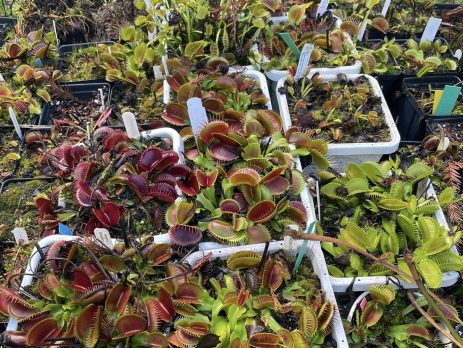
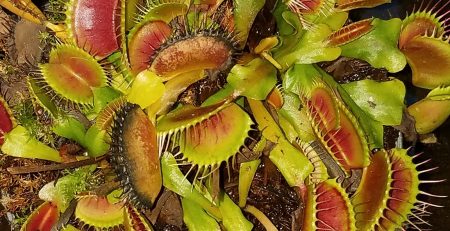
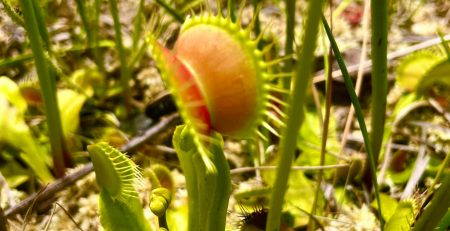
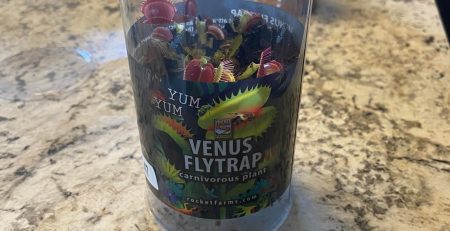
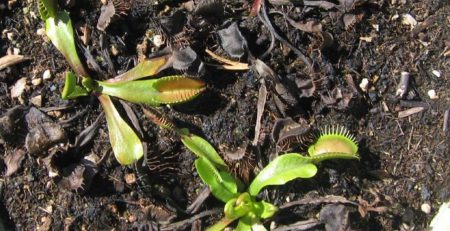
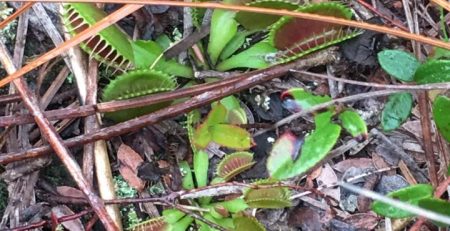
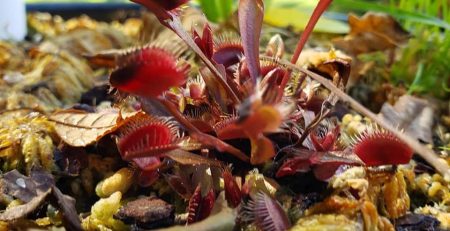
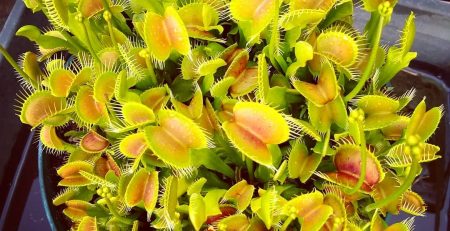
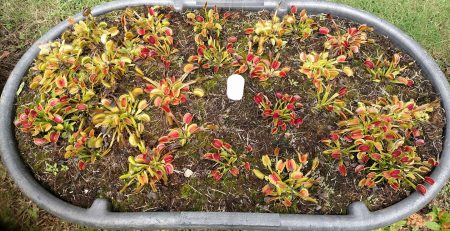
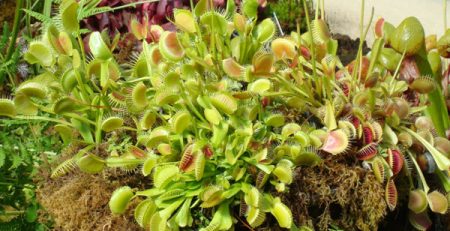
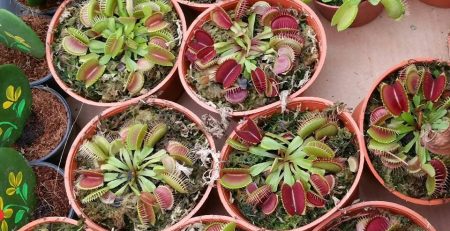
Leave a Reply
You must be logged in to post a comment.